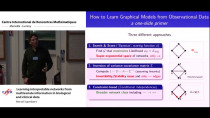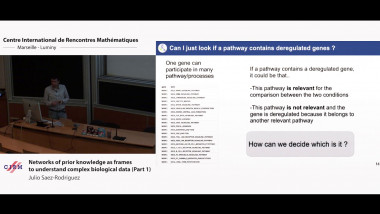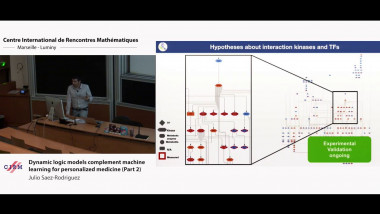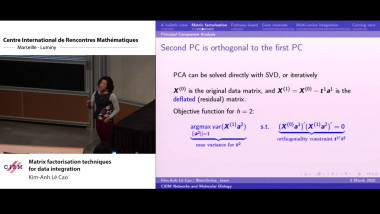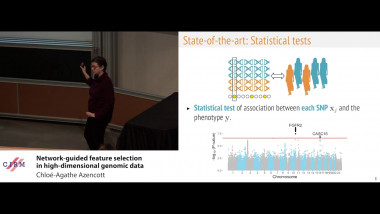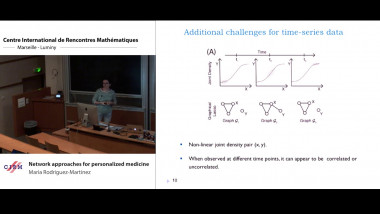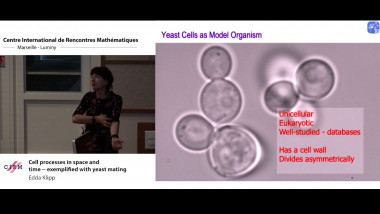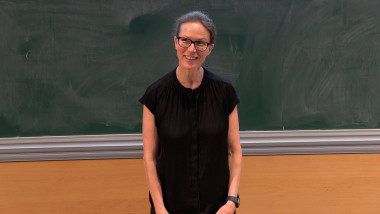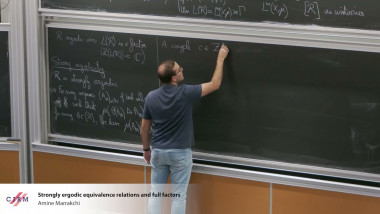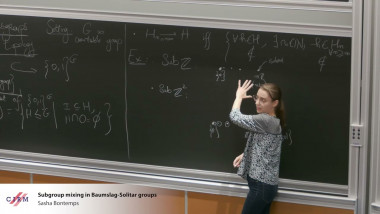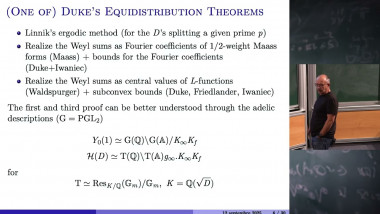Cell processes in space and time - exemplified with yeast mating
By Edda Klipp
Baker’s yeast (Saccharomyces cerevisiae) has a diploid life-style, but under stress conditions, it forms spores, which then release haploid cells of mating types MATa and MATα. MATa cells are a frequently used model organism for many cell biological studies of cell cycle, metabolism or signaling. MATa and MATα cells can also mate to form diploid cells again. To this end, they secrete the pheromones α-factor and a-factor, sense the opposite pheromone and form protrusions in the direction of a potential mating partner. Importantly, they cannot move towards their mating partner, thus, the formation of the mating shape called shmoo is a significant growth investment. Combining experimental studies of the cellular responses to mating factor and the resulting shape changes with spatial mathematical modeling, we investigated three major steps in the mating process. Specifically, we asked the following questions: (i) How do yeast cells communicate to form sharp gradients of pheromones allowing for precise decisions about whether to engage in mating or to continue dividing instead ? (ii) How do the individual cells sense the resulting gradients and how do they implement this information in order to decide about the spatial location of the polarization spot and later mating project? (iii) How do they translate the sensed information into shape changes, i.e. directed growth? While we here use data and further information on yeast cells, the investigated processes occur in many cells under different circumstances. The developed theoretical concepts are therefore of general importance.











